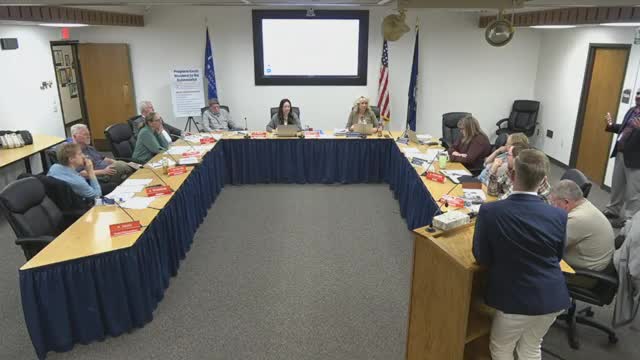SPASH enrollment rises as math and ELA classes expand for 2025-2026
March 12, 2025 | Stevens Point Area Public School District, School Districts, Wisconsin
Thanks to Scribe from Workplace AI , all articles about Wisconsin are free for you to enjoy throughout 2025!

This article was created by AI using a video recording of the meeting. It summarizes the key points discussed, but for full details and context, please refer to the video of the full meeting. Link to Full Meeting
A significant highlight of the evening was the encouraging rise in enrollment for advanced math and English Language Arts (ELA) courses at Stevens Point Area Senior High (SPASH). The district reported a notable increase in students opting for higher-level classes, prompting the addition of new sections to accommodate the growing interest. This surge reflects a broader trend of students embracing rigorous academic challenges, a shift that board member Meg emphasized as a positive sign of engagement among students.

Before you scroll further...
Get access to the words and decisions of your elected officials for free!
Subscribe for FreeHowever, the meeting also revealed underlying challenges, particularly concerning economically disadvantaged students. Data presented indicated that a substantial percentage of these students struggled with foundational math courses, with nearly half needing to retake Algebra I. This statistic raised alarms among board members, who expressed a commitment to addressing the disparities in academic performance across different socioeconomic backgrounds.
As discussions progressed, the board reviewed the district's contract with CESA 5, which provides essential services and professional development opportunities. Director of Student Services, Jenny McMahon, highlighted the importance of maintaining this partnership to enhance curriculum and instruction, particularly for specialized services that cater to students with unique needs.
The meeting concluded with a focus on the district's budget evaluation process, where board members discussed the need for efficiency in staffing and program offerings. Chris, a key presenter, shared preliminary data on various programs under review, emphasizing the importance of aligning resources with student needs. The board is set to reconvene next month to further analyze staffing decisions and the impact of recent curriculum changes.
As the meeting adjourned, the board members left with a renewed sense of purpose, determined to foster an inclusive educational environment that supports all students, particularly those facing economic challenges. The path ahead is clear: while celebrating the successes in enrollment and academic rigor, the district must remain vigilant in addressing the gaps that persist within its student population.
Converted from March 11, 2025 School Board Meeting meeting on March 12, 2025
Link to Full Meeting
Comments
View full meeting
This article is based on a recent meeting—watch the full video and explore the complete transcript for deeper insights into the discussion.
View full meeting




